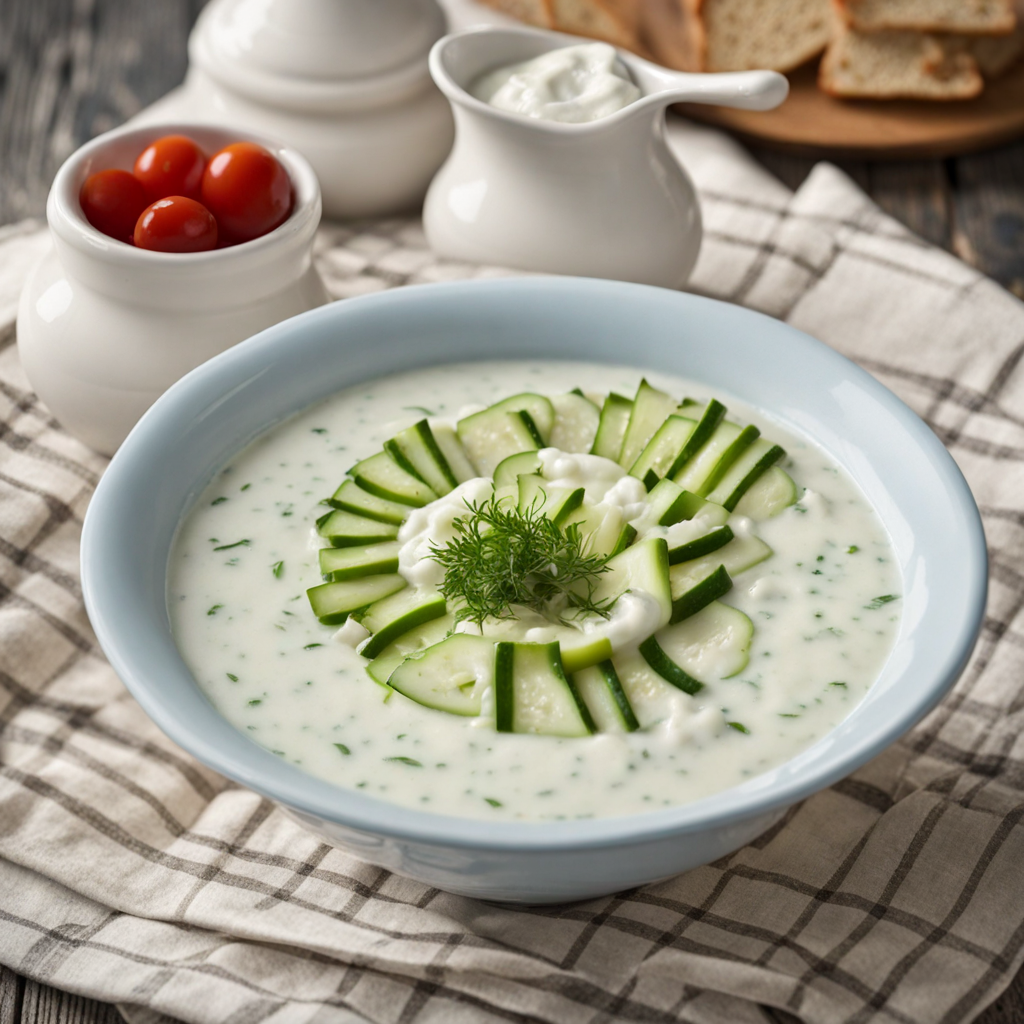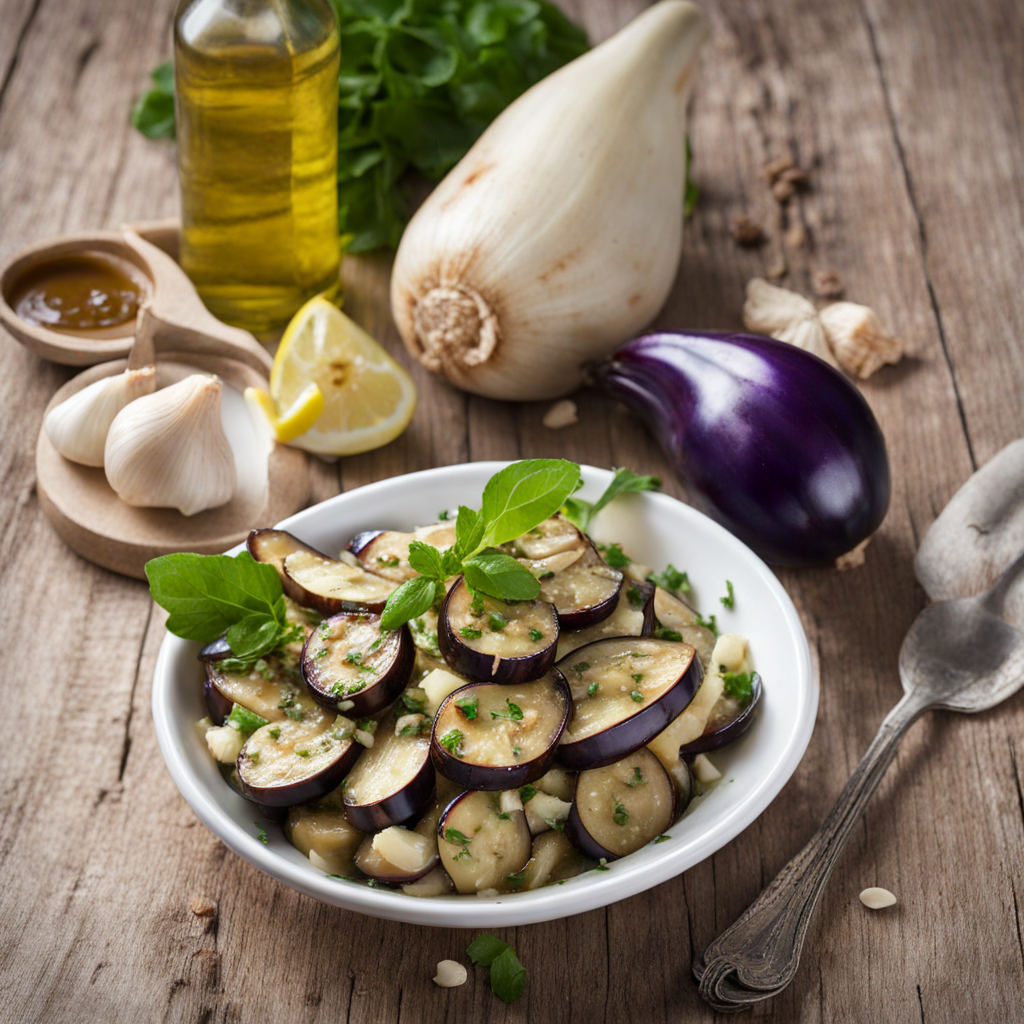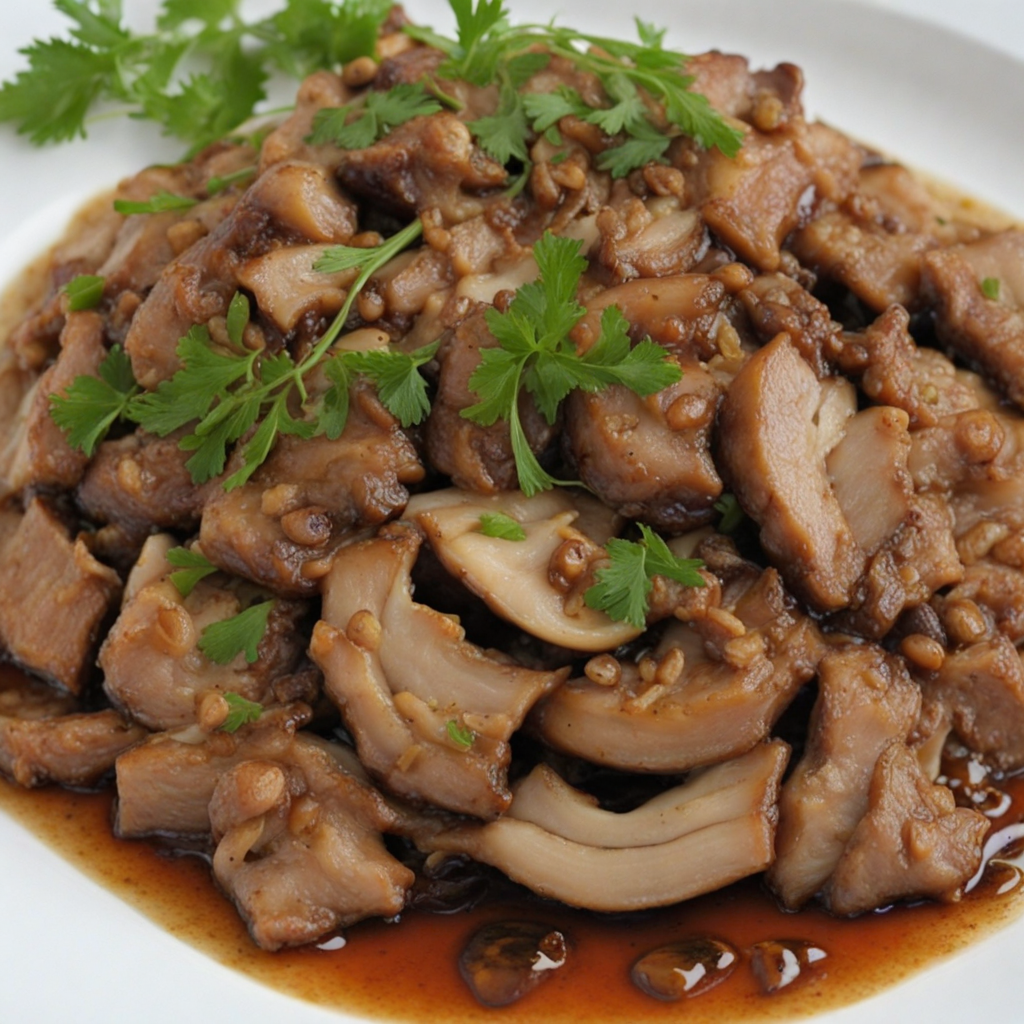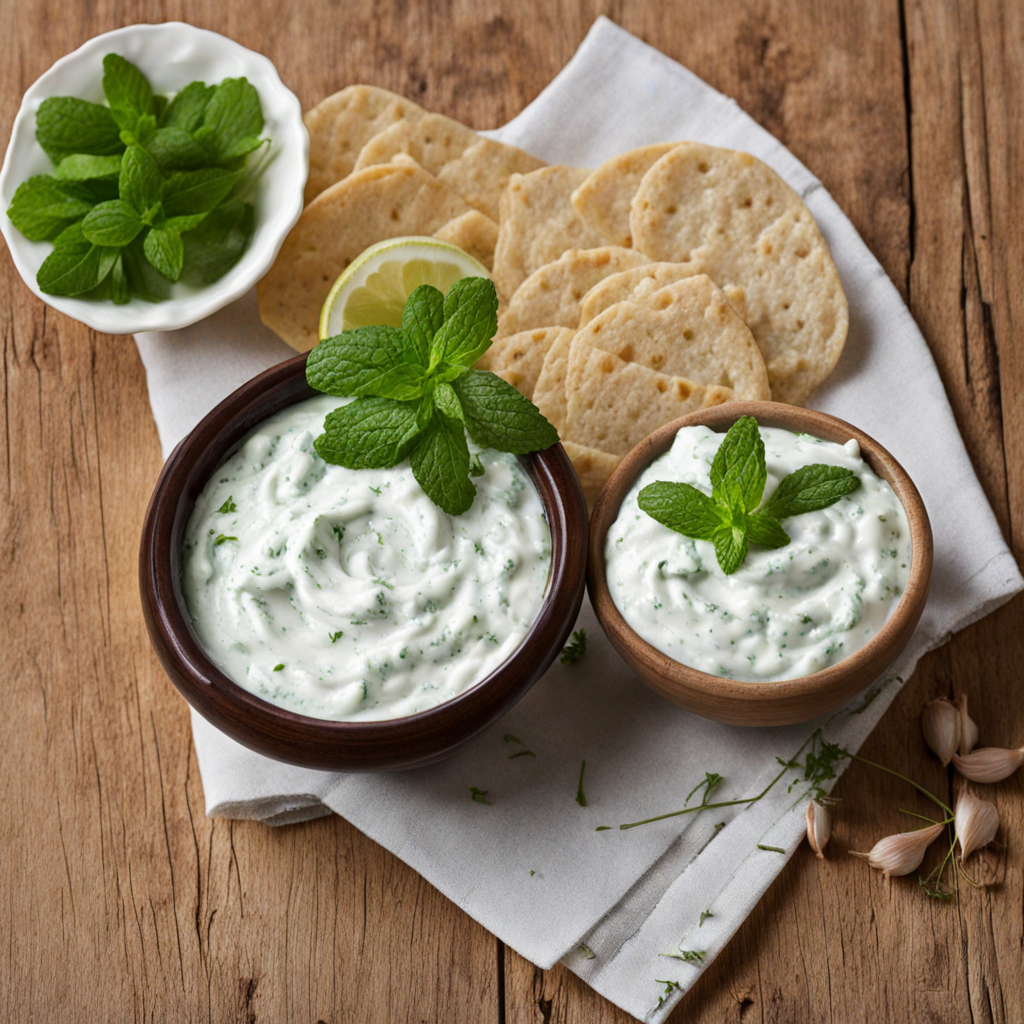Trahana
Trahana is a traditional Cypriot food that embodies the rich culinary heritage of the island. It is a unique blend of fermented milk and wheat, which is then dried into small granules or pasta-like shapes. The process of making trahana involves cooking milk with a small quantity of yogurt, allowing it to ferment and develop a tangy flavor. Once the mixture thickens, it is combined with semolina or crushed wheat, formed into small pieces, and left to dry under the sun or in a controlled environment. This results in a versatile ingredient that can be used in a variety of dishes, from soups to casseroles, offering a delightful and slightly sour taste profile that adds depth to many meals. When cooked, trahana transforms into a creamy and comforting dish, often enjoyed in a warming soup. The granules absorb the flavors of the broth while maintaining a slight chewiness, providing a satisfying texture. Traditionally, it is prepared with vegetables, herbs, and sometimes meat, allowing for a myriad of flavor combinations that reflect the local ingredients of Cyprus. It can be served with a drizzle of olive oil and a sprinkle of fresh herbs, enhancing its natural flavors and making it a hearty and nourishing option for any meal. Trahana is not only beloved for its taste but also for its nutritional benefits. Rich in carbohydrates and protein, it offers a wholesome option for a balanced diet. The fermentation process also contributes beneficial probiotics, promoting gut health. As you explore this unique Cypriot dish, you’ll find that trahana is more than just food; it is a reflection of Cyprus's culture, history, and the warmth of its people, making it a must-try for anyone seeking to expand their culinary horizons.
How It Became This Dish
The History of Τραχανάς: A Culinary Gem from Cyprus #### Origins Τραχανάς (trahanás) is a traditional Cypriot food that embodies the island's rich agricultural heritage and cultural diversity. Its origins can be traced back to ancient Mediterranean civilizations, where similar recipes for preserving grains and dairy were commonplace. The word "trahanás" itself is believed to derive from the Arabic term "tarḥan," which signifies a form of grain. This etymology highlights the influence of various cultures on Cypriot cuisine, reflecting the island's historical position as a crossroads of civilizations. The foundational ingredients of trahanás are simple: grain and fermented milk. Traditionally, wheat or barley is ground into a coarse flour and combined with yogurt or sour milk, then left to ferment. This fermenting process not only enhances the flavor but also preserves the mixture, making it a valuable resource during the long, harsh winters. Given its roots in rural communities, trahanás was a staple for Cypriot families, particularly in mountainous and remote areas where access to fresh ingredients was limited. #### Cultural Significance Trahanás is much more than just a food item—it's a cultural artifact that reflects the agricultural practices, social structures, and culinary traditions of Cyprus. The preparation of trahanás was often a communal activity, where families and neighbors would come together to produce large quantities that could last for months. This collective effort fostered a sense of community, reinforcing social bonds among villagers. In Cypriot culture, trahanás is often associated with hospitality. It is commonly served to guests, symbolizing generosity and warmth. The dish is versatile and can be prepared in various ways, often enjoyed as a soup or a side dish. The simplicity of its ingredients belies the depth of flavor that can be achieved, making it a beloved comfort food for many Cypriots. Moreover, trahanás holds a revered place in the Cypriot culinary tradition, often appearing during festive occasions and religious celebrations. It is particularly associated with the fasting periods of the Orthodox Christian calendar, where it serves as a nutritious meal that adheres to dietary restrictions. The dish's ability to be stored for extended periods aligns perfectly with the need for sustenance during times when fresh food was scarce, showcasing the resourcefulness of Cypriot cooks. #### Development Over Time As Cyprus evolved through the ages, so did the preparation and consumption of trahanás. The influence of various cultures—Greek, Turkish, and British—has contributed to the diversity of recipes and methods associated with this dish. While the basic concept of trahanás remained intact, regional variations emerged, incorporating indigenous ingredients and cooking techniques. In rural areas, trahanás was often made with locally sourced grains, such as durum wheat or barley, and fermented with sheep or goat milk, which were abundantly available. The use of animal milk not only provided a rich flavor profile but also added nutritional value. In urban centers, however, the dish began to adapt to modern tastes and conveniences. Pre-packaged trahanás, made from powdered ingredients, started to appear on supermarket shelves, allowing for quicker preparation and broader accessibility. Despite the modernization of trahanás, many Cypriots still take pride in preparing the traditional homemade version. Families often pass down recipes through generations, and many households maintain their own unique techniques. The resurgence of interest in traditional foods has also spurred a revival of artisanal trahanás producers, who emphasize quality ingredients and traditional methods. In recent years, trahanás has gained attention beyond Cyprus, as the global culinary scene increasingly values authentic, rustic foods. Chefs and food enthusiasts have begun to experiment with trahanás, incorporating it into contemporary dishes while remaining true to its roots. This has led to a renaissance of sorts, where trahanás is not just a relic of the past but a vibrant part of modern Cypriot cuisine. #### Nutritional Aspects Trahanás is not only valued for its taste and cultural significance but also for its nutritional benefits. The fermentation process enhances the digestibility of the grains and increases the bioavailability of nutrients. Rich in carbohydrates, it provides a substantial energy source, while the inclusion of dairy adds protein and beneficial probiotics, which are essential for gut health. In contemporary health-conscious diets, trahanás is often praised for its wholesome qualities. It is naturally low in fat, especially when made with low-fat yogurt or milk. The dish is also gluten-free when prepared with gluten-free grains, making it accessible to a broader audience. As health trends continue to shift toward whole foods and traditional cooking methods, trahanás stands out as a nourishing option. #### Conclusion The story of trahanás is a testament to the resilience and adaptability of Cypriot culinary traditions. From its humble beginnings as a peasant food to its current status as a cherished dish that crosses cultural and geographical boundaries, trahanás encapsulates the historical richness of Cyprus. It represents not just a meal but a lifestyle—one that values community, tradition, and the connection to the land. Today, as Cypriots continue to cook and celebrate trahanás, they are not merely preserving a recipe; they are keeping alive a narrative that intertwines their identity, history, and future. As the world becomes increasingly fascinated with authentic, rustic foods, trahanás is poised to take its place on the global stage, inviting everyone to experience the warmth and richness of Cypriot culture, one bowl at a time.
You may like
Discover local flavors from Cyprus







